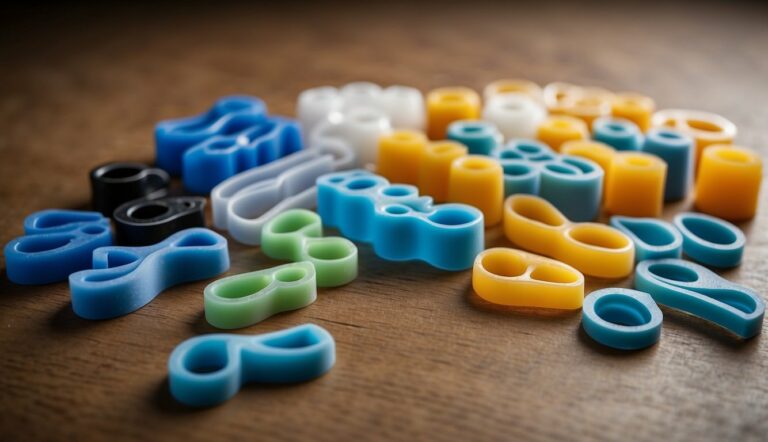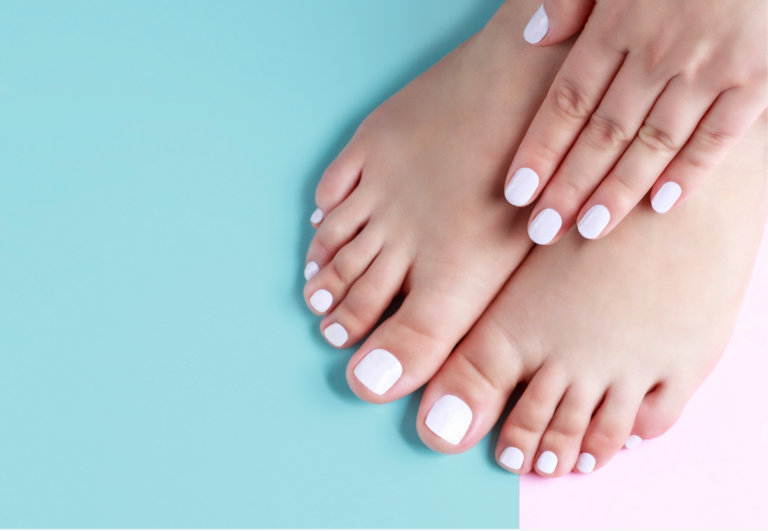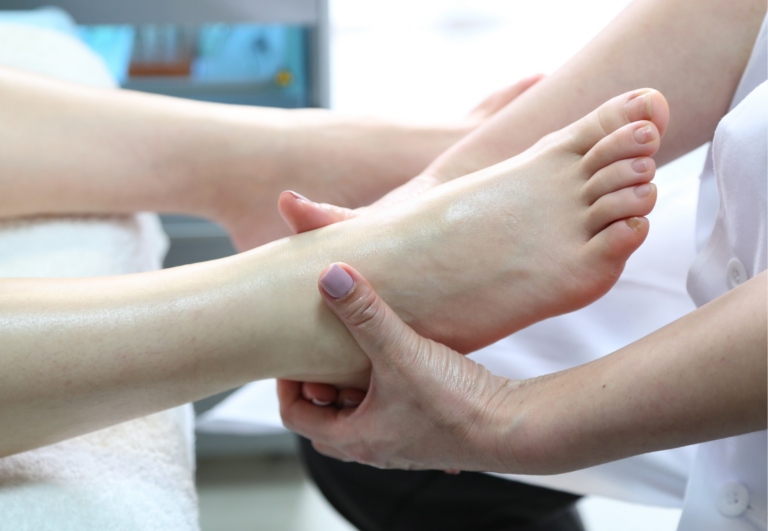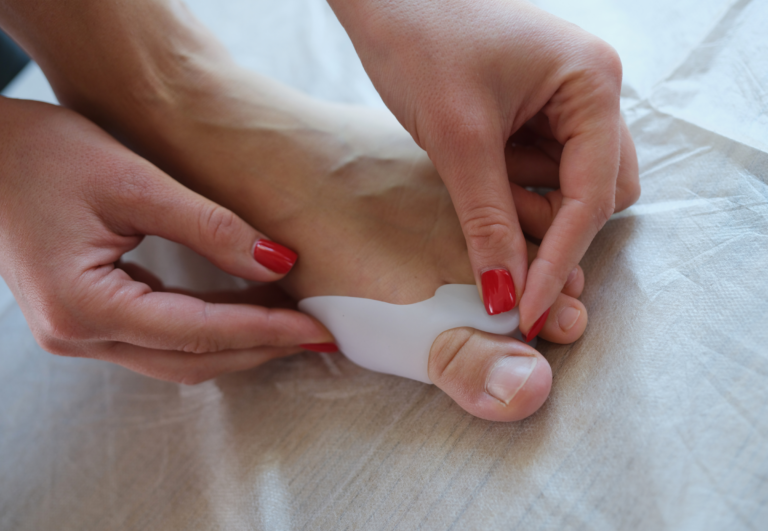Natural Remedies for Hammer Toes: Effective Foot Care Strategies
Hammer toes are a common foot problem characterized by an abnormal bend in the middle joint of one or more toes, leading to pain and mobility issues. The condition often arises from a muscle imbalance which places excessive pressure on the toe’s tendons and joints. Over time, the toes may become rigid and unable to move, causing discomfort when wearing shoes or walking.
As someone who advocates for natural remedies and the use of toe spacers, I’ve seen the benefits of non-surgical approaches to alleviate the symptoms of hammer toes. By creating more room for toes and promoting a better alignment, toe spacers can help alleviate the pressure and pain associated with hammer toes. Gentle exercises to stretch and strengthen the toe muscles, along with choosing proper footwear that allows adequate space for the toes, can make a significant difference in managing hammer toe symptoms.
What Causes Hammer Toes?
Hammer toes are a common foot deformity where the toe bends at the middle joint.
Causes of Hammer Toes
The main culprit behind hammertoes is often a muscle imbalance which affects the tendons and joints. This imbalance causes the middle joint of the toe to bend and remain in that position. Risk factors that can contribute to this imbalance include:
- Genetics
- Arthritis
- Wearing ill-fitting shoes
- Diabetes which can disrupt blood flow and nerve function in feet
Anatomy of Hammer Toes
In a normal toe, muscles work in pairs to straighten and bend toes. A hammertoe occurs when there is an imbalance in these muscles, causing the tendons to tighten and the joints to bend. The affected joints then protrude, which can make wearing shoes uncomfortable.
Symptoms and Diagnosis
Symptoms typically include a visible deformity of the toe, pain, and difficulty walking. A physical exam can usually identify a hammertoe. During the exam, I examine your foot and look for any signs of bending toes. To confirm a diagnosis and assess the severity, x-rays might be suggested to get a detailed view of the bone structure.

Non-Surgical Treatments for Hammer Toes
Non-surgical treatments for hammertoes can significantly alleviate pain and prevent further toe deformity. These approaches prioritize proper footwear, supportive devices, and strengthening exercises.
Footwear Adjustments
Finding the right shoes is crucial for hammertoe relief. The shoes should have a wide toe box to prevent crowding and should be comfortable enough to not cause additional pressure. I always suggest that individuals visit a specialty shoe store where they can get properly fitted. Ill-fitting shoes can exacerbate the problem, so ensuring a good fit can greatly relieve pain.
Orthotics and Pads
Custom or over-the-counter orthotics can provide support where it’s needed most. Toe pads and insoles work by redistributing pressure and providing cushioning to the affected area. I’ve found that for many of my clients, using non-medicated pads helps to alleviate direct pressure on the hammertoe, providing comfort throughout the day.
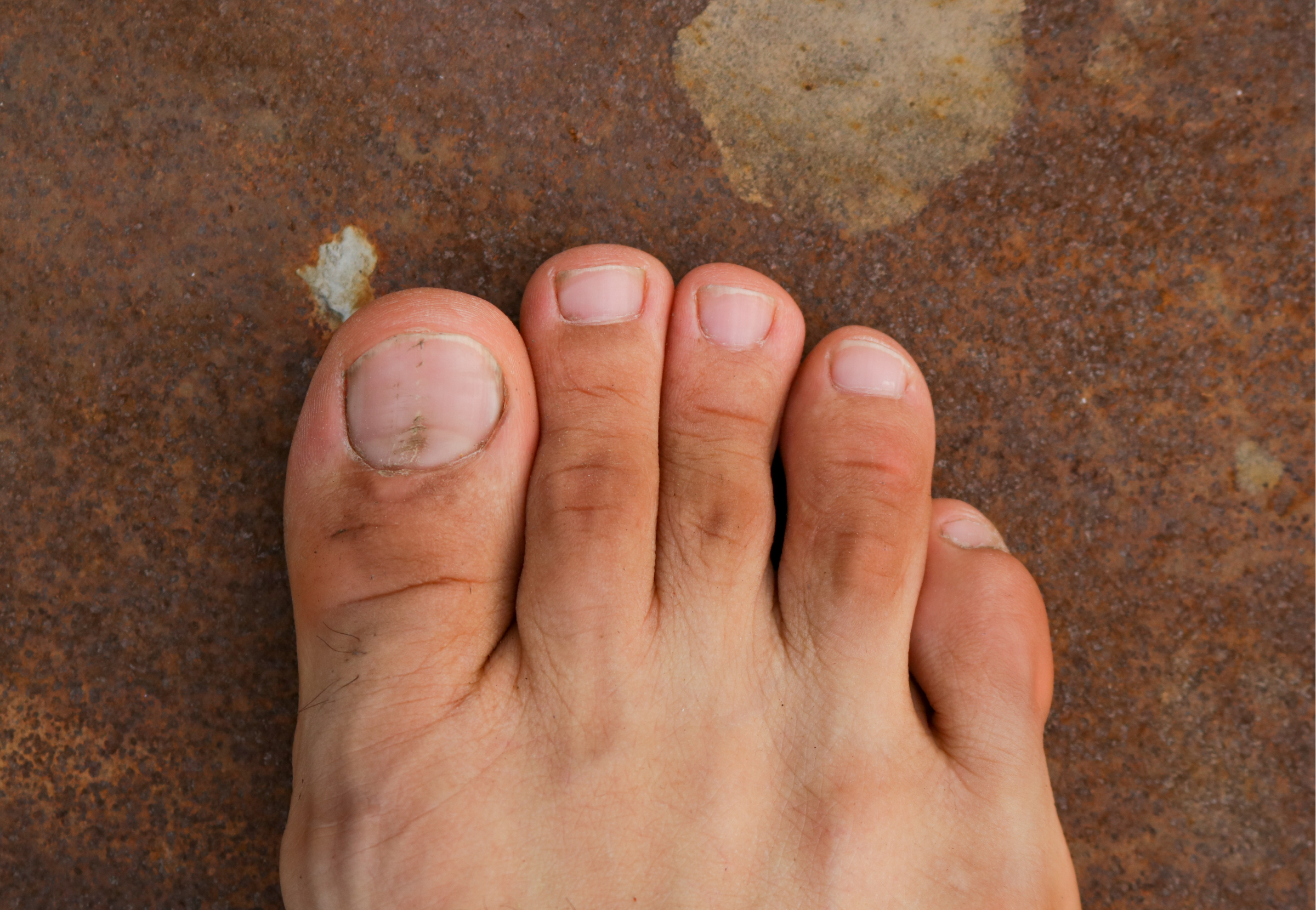
Exercise and Stretching
Strengthening and stretching the tendons and muscles can improve hammertoe conditions. Simple exercises like towel curls or toe exercises help to keep the toe joints flexible. For instance, try picking up marbles with your toes or scrunching a towel on the floor to improve toe strength. Additionally, applying ice wrapped in a towel can reduce pain and swelling associated with hammertoes after exercising.
Managing Pain and Discomfort with Hammer Toes
When it comes to managing pain and discomfort from hammertoes, both home remedies and medical interventions can play a role. My expertise with toe spacers has shown me firsthand how important it is to address foot pain without delay.
Home Remedies
Ice Application: Applying ice to swollen hammertoes can help reduce inflammation and alleviate pain. It’s important to wrap the ice in a cloth to protect your skin.
- Padding: Cushions or pads specifically designed for corns and calluses can prevent further irritation. Place them on areas of friction to relieve pain.
Foot Soaks and Pumice Stone: Soaking your feet in warm water can soften corns and calluses. Afterward, gently use a pumice stone to remove the hardened skin.
Comfortable Shoes: Ensure your shoes have a spacious toe box to minimize pressure. Shoes should be well-fitting—neither too tight nor too big.
Toe Spacers: They can be beneficial in keeping toes aligned and relieving pressure between toes. Regular use may help in pain relief and correcting toe deformities.
Medical Interventions
Orthotic Devices: Over-the-counter or custom-made orthotics can support the foot arch and redistribute pressure evenly across the foot.
Strapping or Splinting: These methods can help maintain proper toe alignment. Strapping, also known as “buddy taping,” is the process of taping the hammertoe to an adjacent toe.
For persistent pain or structural changes in the toe, it is crucial to consult with a healthcare professional for appropriate treatment options. While I provide insights from my experience, medical evaluation and treatment should be sought for accurate diagnosis and comprehensive care.
When to Consider Surgery for Hammer Toes
When your hammertoe has become too stiff, causing significant discomfort or complications, and non-surgical treatments have failed to provide relief, it’s time to speak with a podiatrist about surgical options. Surgery might be necessary to correct a hammertoe if there’s pain, risk of skin breakdown, or if the deformity is severe.
Surgical Options
Hammertoe surgery is typically considered when the toe joint is rigid, and there’s a persistent pain that interferes with daily activities. Surgical treatment aims to realign the toe, relieve pain, and correct any deformity. The common surgical procedures include:
- Arthroplasty: Removal of part of the joint to allow the toe to straighten.
- Arthrodesis: Fusing the affected joint to maintain the correct position.
- Tendon Transfer: Re-routing tendons from the bottom to the top of the toe to help straighten it.
- Implant Insertion: Placing an implant to maintain proper toe alignment.
Patients with risk factors such as diabetes, poor circulation, or a history of traumatic toe injury might have specific surgical considerations due to a higher risk of complications and recurrence.
Recovery and Aftercare
Post-surgery, the recovery period is crucial to ensure proper healing and to minimize risks of complications or recurrence. Recovery involves:
- Swelling Management: Keeping the foot elevated and wearing a surgical shoe to reduce swelling.
- Activity Restriction: Limited walking and weight-bearing activities are advised until the toe heals.
- Physical Therapy: Exercises might be recommended to restore flexibility and strength.
- Follow-up Care: Regular visits to the podiatrist to monitor the healing process and to ensure that there are no signs of infection or other complications.
Effective aftercare can be decisive in preventing stiffness and ensuring a functional and pain-free toe post-surgery.
Prevention and Lifestyle Changes
In dealing with hammertoes, prevention is key, and it hinges significantly on the choices we make for our feet daily. Selecting proper footwear and committing to regular foot exercises can reduce the risk of developing this condition.
Footwear Choices
Comfortable shoes are fundamental in preventing hammertoes. Shoes with a wide toe box allow toes to lie flat and not be crunched up, which helps in keeping joints in their correct position. I find that avoiding high heels and shoes with pointed toes is essential, as they often force toes into a bent state and can contribute to issues like bunions and mallet toe.
As a toe spacer expert, I suggest the following criteria for choosing proper shoes:
- Shoe Size: Always pick a shoe size that fits well; there should be about a half-inch space between your toes and the front of the shoe.
- Low Heels: Preferably choose shoes with low heels to reduce pressure on your toe joints.
- Shape: Ensure the shoe shape complements the natural shape of your foot.
Exercise and Foot Health
Strengthening the muscles and tendons in your feet is also a practical step in prevention. Simple exercises can help maintain foot health and prevent conditions like hammertoe. These include:
- Toe stretches to improve flexibility
- Toe curls and picking up objects with toes to enhance muscle strength
It’s beneficial for women, who are more susceptible due to certain shoe styles, to integrate these exercises into their daily routines. As I’ve learned, keeping toe muscles strong can keep the tendons in balance and avoid many toe-related problems.
Regular foot care should be a priority in everyone’s lifestyle. It can help maintain one’s foot structure and ward off issues before they become problematic.
Additional Considerations

In managing hammer toes, it’s crucial to be aware of potential complications and understand that certain populations may need to approach treatment with extra care.
Complications of Untreated Hammer Toes
Untreated hammer toes can lead to persistent discomfort and secondary issues. Over time, a bent toe may rub against footwear, causing painful blisters or calluses. If I neglect these symptoms, the constant friction might result in corns, especially atop the second, third, or fourth toe, which are more prone to deformity. Moreover, long-standing hammer toes can cause significant difficulty walking, as the misalignment in the forefoot affects my balance and gait.
Risk Factors:
- Ill-fitting shoes
- High arches
- Tight tendons and joints
Possible Complications:
- Blisters and calluses
- Corns
- Altered gait
Special Considerations for Specific Populations
Certain people, like those with diabetes, are at a higher risk of complications due to poor blood flow in the feet, which can turn even the most minor blisters and calluses into serious infections. As a toe spacer expert, I’m aware that women are more likely to develop hammer toes, often due to years of wearing narrow, high-heeled shoes that place undue stress on the toes. In addition, existing bunions can exacerbate the condition. It’s essential for such populations to take proactive steps in foot care and consult healthcare providers for tailored advice to prevent worsening of their hammer toes.
Specific Vulnerable Groups:
- Women: Inclined to suffer from hammer toes from high heel use.
- Diabetics: Increased risk of toe complications.
Preventative Measures:
- Wear well-fitting, low-heeled shoes.
- Monitor feet regularly for signs of complications.
- Use toe spacers to help realign toe position.
